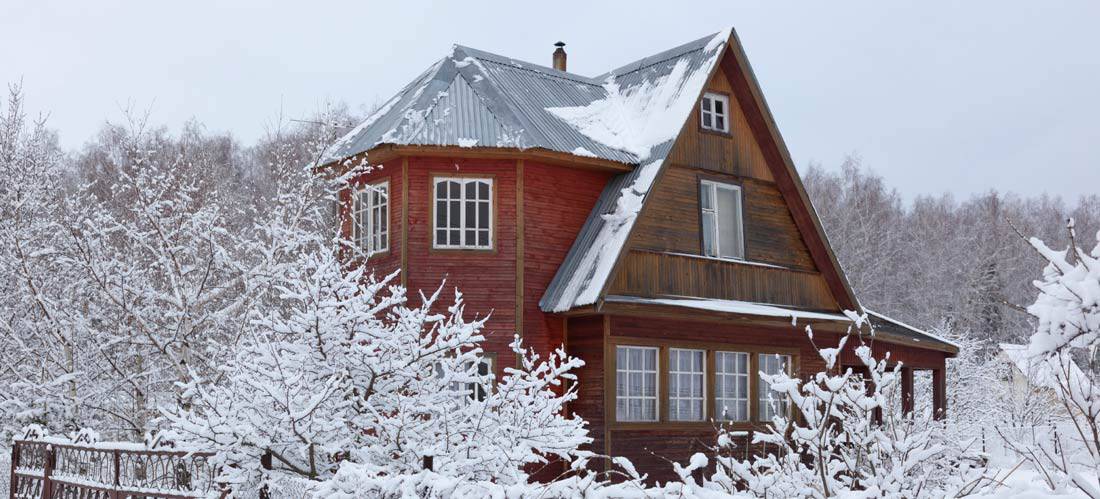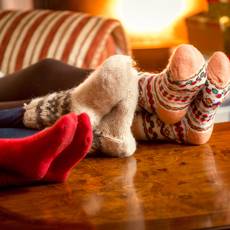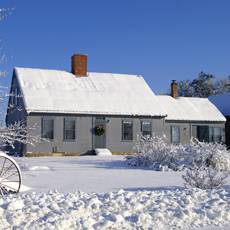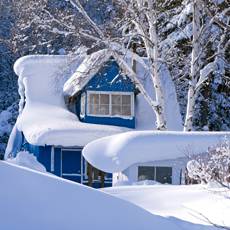Better equip your home during the winter months with these helpful tips.
While the danger from winter weather varies across the country, everyone is likely to have faced some type of severe winter weather at some point in their lives already. From record snowfall and dry air to respiratory illnesses and depressing winter blues, the dangerously low temperatures can be pretty rough to deal with.

It’s not just about the extreme and uncomfortable cold that you feel during this bleak time of the year. Much concern should be focused on blinding, wind-driven blizzards it also brings. Even if it is just icing, sleet or strong winds, the cold winter has a way to knock out heat, power and communications services – enough to subject people to prolonged exposure to cold and immobilize entire regions for days.
It is important to know how to survive the cold winter before it strikes back in full force. These 9 tips can help you survive and even thrive in the chilling blast this time of the year.
 1. Tune up your heating system
1. Tune up your heating system
Make sure your heat pump or furnace is clean and in good repair. For about $100 or less, your technician can also inspect it for carbon monoxide leakage and put it into its manufacturer-rated efficiency.
2. Invest in an alternative heating source
Be it a propane or kerosene heater as well as a generator, it makes sense to have another option to stay warm during winter, especially during an extended power outage.
3. Seal your walls
Check on all places where there is air penetration which results to drafts and temperature fluctuations inside your home. If you know where to look, a simple tube of high quality caulk can go a long way.
 4. Look for insulation gaps
4. Look for insulation gaps
Air can escape through large gaps such as plumbing, air vents and outside faucets. Seal every nook and cranny with expanding foam but make sure you don’t seal next to a gas flue which can translate to a fire hazard on your hands. Special expanding foam as well as fire-block versions can be used for big holes as well as for sealing electrical boxes and holes between floors.
5. Clear rain gutters
Gutters that are full of debris can make your home prone to leaks and ice dams. Prevent damage to your roofing, siding and wood trim by having someone clean, repair or replace your gutters before the cold winter arrives.
 6. Call a chimney sweep
6. Call a chimney sweep
Prevent chimney fires by having your chimney and vents checked by a sweep certified by the Chimney Safety Institute of America. It may set you back around $100-$300 but it will give you peace of mind knowing that you can burn the Yule log without the carbon monoxide creeping in.
7. Turn off exterior faucets
Prevent pipes from bursting by disconnecting all garden hoses and draining the water that remains in faucets. Undrained water in pipes can freeze and then expand, which can cause serious damage to your pipes. If your home does not have frost-proof faucets, turn off the shut-off valve.
 8. Check your windows
8. Check your windows
If your windows are unsuited for the winter months to come – not insulated and/or just single-paned – then it can be a big contributor to inefficiency and lowering your chance of surviving the cold season comfortably and inexpensively. Invest in low-E coatings – metallic oxide layers that are virtually invisible – to suppress radiative heat flow. But it is also microscopically thin, just enough to let visible light pass through your windows.
9. Install a smart thermostat
Thankfully, there are now Wi-Fi enabled intuitive thermostat that can help you get through the freezing temperatures of the cold winter while saving some serious energy. Programmable thermostats can automatically turn up the heat when you need it and turn it down during those hours where you’re not at home. It can even let you know if there are significant temperature fluctuations coming or if the filter needs to be changed.













Write a Comment